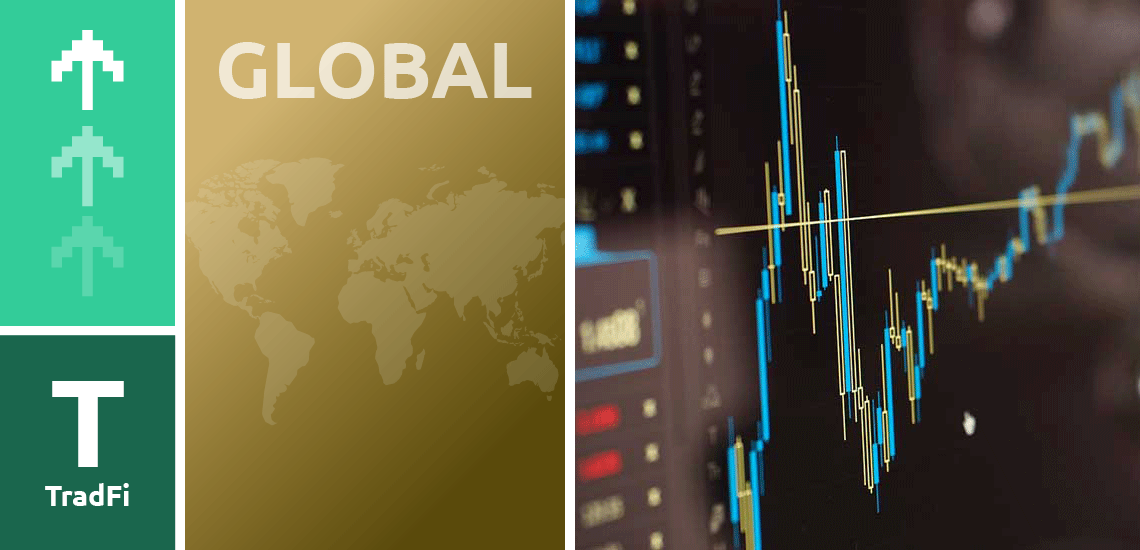
Active ETFs are gaining popularity among investors as market conditions shift towards active management. However, experts suggest that it shouldn’t be a choice between active or passive investing, but rather a combination of both. While passive funds have performed well in the past, their future performance may not be as strong. On the other hand, actively managed ETFs offer the ability to pivot in response to market changes. They provide investors with better control over the quality of their investments by allowing them to choose an active manager. In recent years, a higher percentage of active ETFs have outperformed their passive counterparts, indicating a shift towards favoring active managers. This trend can be attributed, in part, to the Federal Reserve’s aggressive monetary tightening. Active ETFs are becoming more prominent in the market as they offer the potential to outperform benchmarks and indexes. Active managers have the flexibility to take advantage of market volatility and add to favored positions when prices are more attractive. T. Rowe Price, a leading investment firm, offers a suite of actively managed ETFs that are designed to provide flexible solutions backed by research, risk management, and experience. These active ETFs can quickly adapt to changing market conditions. Overall, active ETFs are gaining traction and are expected to play a more significant role in the investment landscape.
This News Article was automatically generated by Bob the Bot (AI)
This News Article was automatically generated by Bob the Bot (AI)
| Information | Details |
|---|---|
| Geography | Global |
| Countries | |
| Sentiment | positive |
| Relevance Score | 1 |
| People | Todd Rosenbluth, Warren Gibbon, Amanda Agati, Tim Coyne |
| Companies | VettaFi, Fed, PNC Financial Services Asset Management Group, Boston Family Advisors, T. Rowe Price, Barron’s |
| Currencies | None |
| Securities | None |

